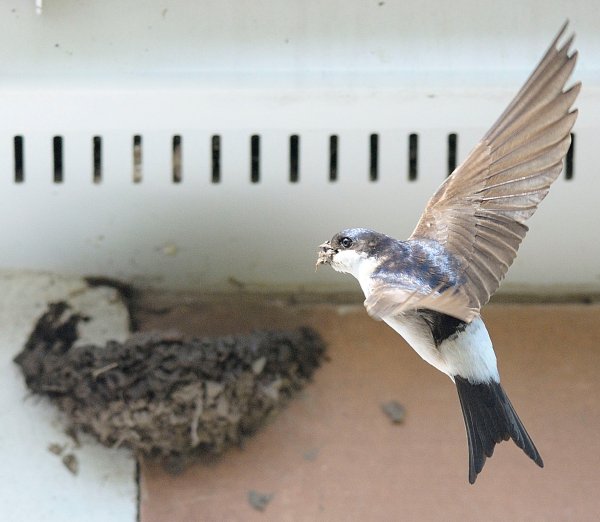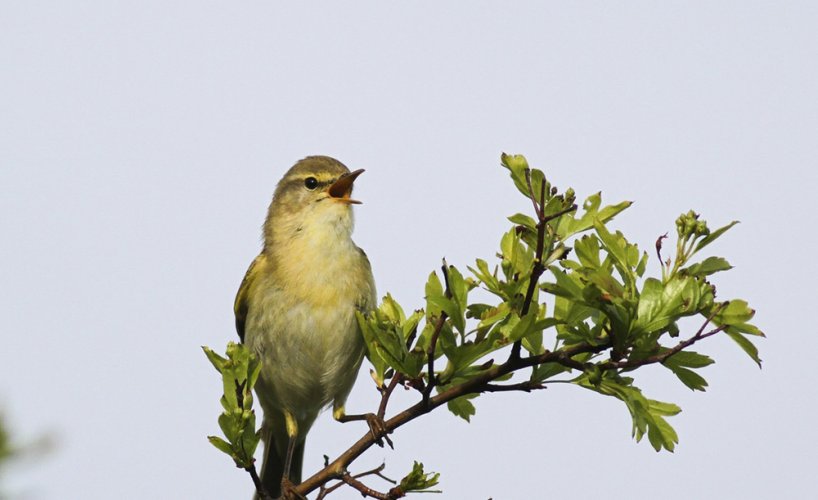BTO publishes peer-reviewed papers in a wide range of scientific journals, both independently and with our partners. If you are unable to access a scientific paper by a BTO author, please contact us.
Search settings
The Long and the Short of It: No Dietary Specialisation between Male and Female Western Sandpipers Despite Strong Bill Size Dimorphism
Author: Franks, S.E., Fern
Published: 2013
01.01.13
Papers
Temporal consistency in fine-scale habitat relationships of woodland birds during a period of habitat deterioration.
Author: Fuller, R.J. & Rothery, P.
Published: 2013
01.01.13
Papers
Recent population declines in Afro-Palaearctic migratory birds: the influence of breeding and non-breeding seasons
Author: Morrison, C.A, Robinson, R.A., Clark, J.A., Risely, K. & Gill, J.A.
Published: 2013
Recent research (including by the BTO) on declines in Afro-Palaearctic migrants has primarily focussed on conditions in these species’ wintering grounds. However, population changes could also be influenced by factors operating during breeding and migration, as a new study by the BTO and UEA shows.
01.01.13
Papers

Feathering the nest: food supplementation influences nest construction by Blue (Cyanistes caeruleus) and Great Tits (Parus major)
Author: Smith, J.A., Harrison, T.J.E., Martin, G.R., Reynolds, S.J.
Published: 2013
01.01.13
Papers
Using stable isotopes to link breeding population trends to winter ecology in Willow Warblers Phylloscopus trochilus
Author: Morrison, C.A., Robinson, R.A., Clark, J.A., Marca, A.D., Newton, J & Gill, J.A.
Published: 2013
Populations of many of the UK-breeding birds that migrate to Africa for the winter are falling rapidly. These trends could be linked to conditions experienced during breeding, over winter, or on migration. Since the early 1990s, the abundance of Willow Warblers, one of Europe’s most numerous long distance migrants, has fallen sharply in the south and east of England, but decreases are less marked or absent in the north and west of England and Scotland. Could these contrasting population trends be explained by differences in the conditions birds are experiencing outside of the UK?
01.01.13
Papers Bird Study
